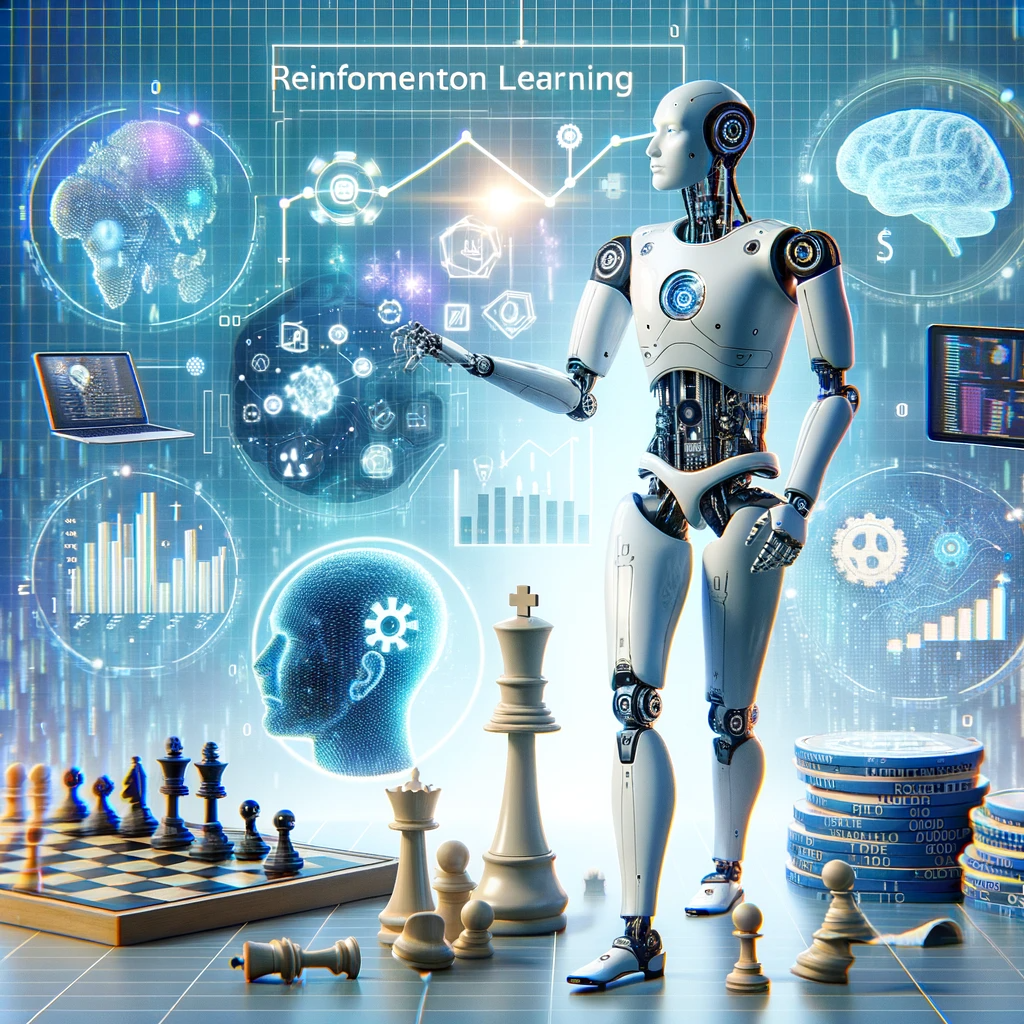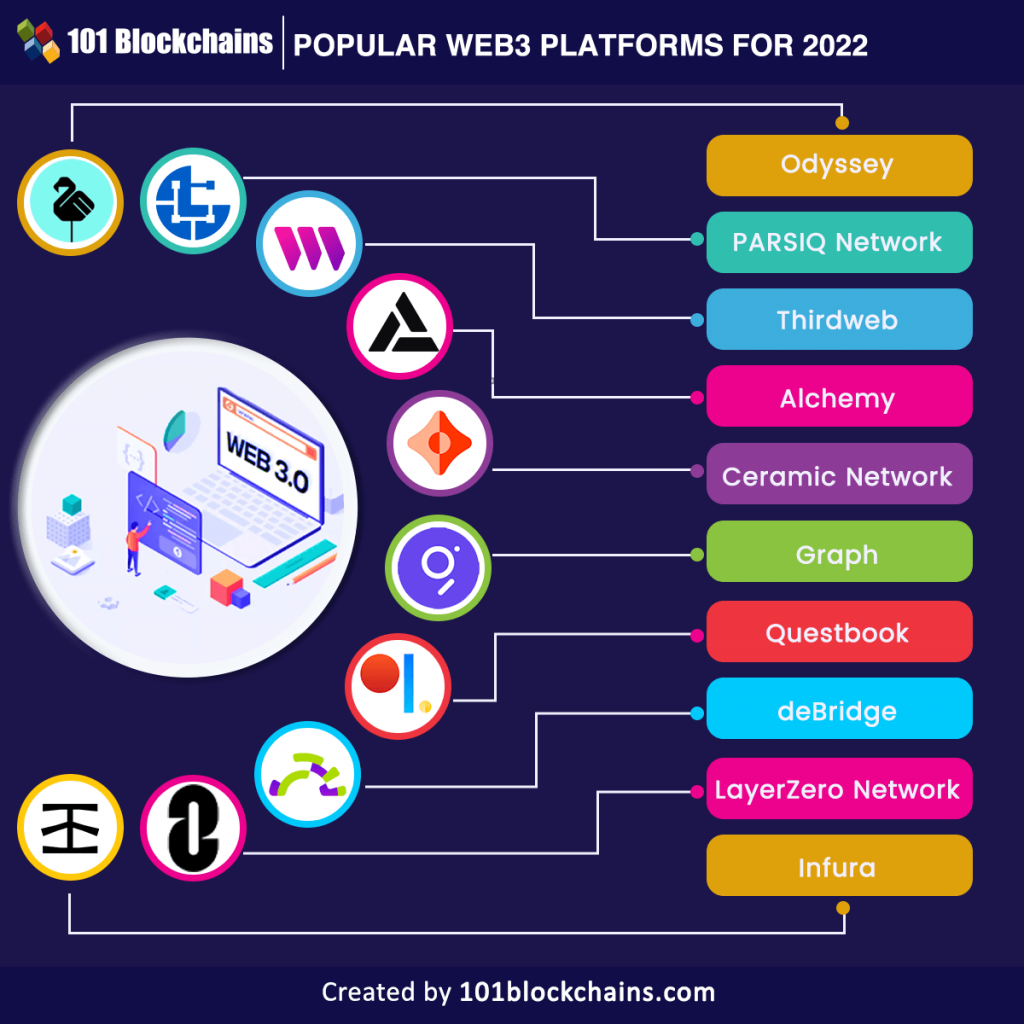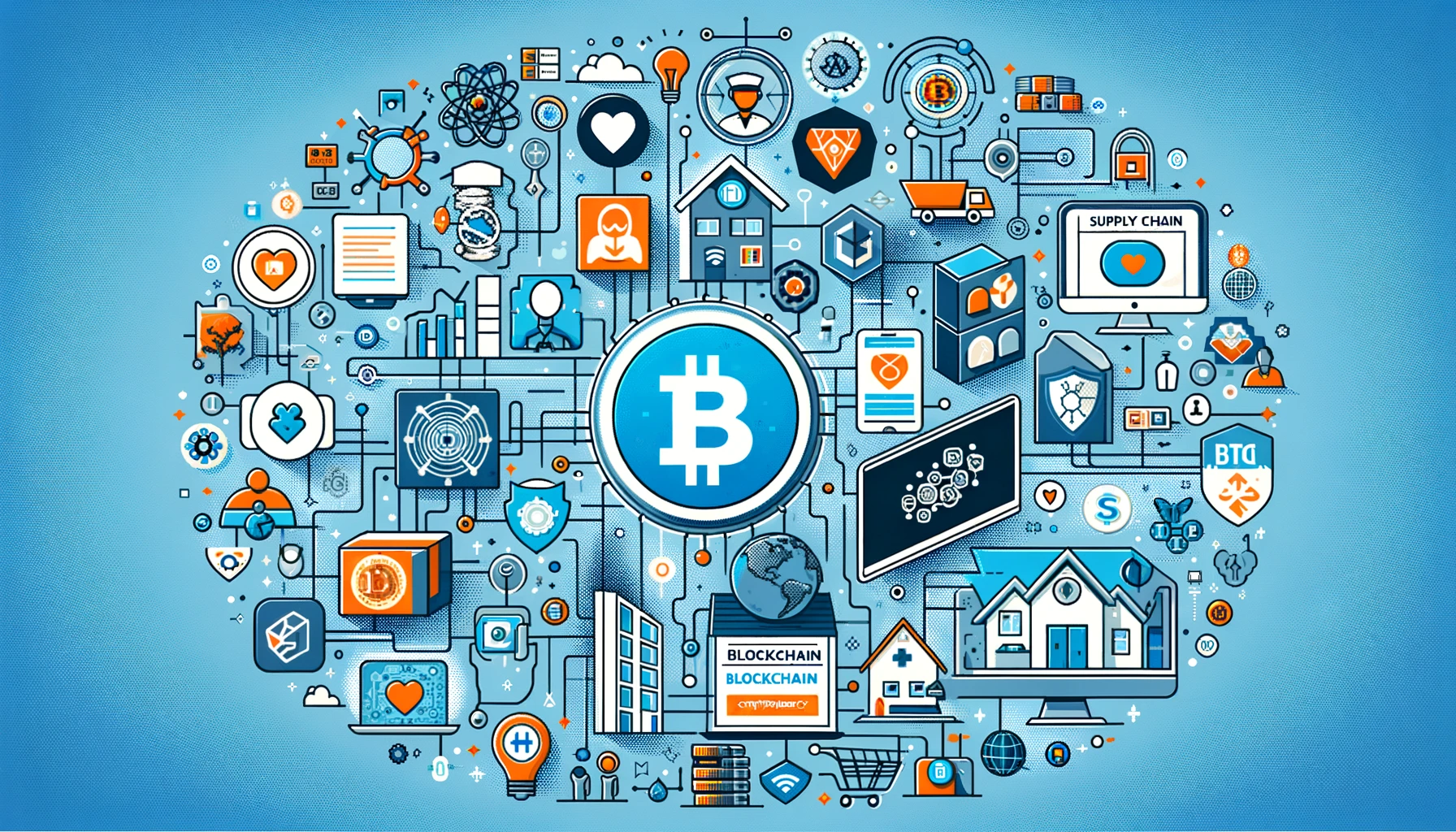
Reinforcement Learning: AI Learning by Doing – A Beginner’s Guide to Smarter AI
Imagine teaching a dog new tricks. You don’t give it a manual. Instead, you guide it through actions, reward good behavior with treats, and discourage bad behavior with a firm "no." Over time, the dog learns to associate certain actions with positive outcomes and others with negative ones. It learns by doing and by receiving feedback.
This isn’t just how our furry friends learn; it’s also the core principle behind one of the most exciting and powerful branches of artificial intelligence: Reinforcement Learning (RL). Often dubbed "AI learning by doing," RL enables AI systems to learn optimal behaviors in complex, dynamic environments without explicit programming for every single scenario.
In an era where AI is transforming industries from self-driving cars to personalized medicine, understanding Reinforcement Learning isn’t just for tech gurus – it’s becoming increasingly relevant for anyone curious about the future of technology.
What Exactly is Reinforcement Learning?
At its heart, Reinforcement Learning is a type of machine learning where an "agent" learns to make decisions by performing actions in an "environment" and receiving "rewards" or "penalties" based on those actions. The goal of the agent is to maximize its cumulative reward over time.
Unlike other popular machine learning paradigms:
- Supervised Learning: Learns from labeled data (e.g., "this is a cat," "this is a dog"). It’s like learning from a teacher who provides correct answers.
- Unsupervised Learning: Finds patterns or structures in unlabeled data (e.g., grouping similar customers). It’s like finding hidden connections without any prior guidance.
Reinforcement Learning is distinct because it doesn’t rely on pre-labeled data or discover hidden structures. Instead, it’s about learning through interaction and experience. There’s no "correct answer" given for each step; the agent must figure out the best sequence of actions to achieve a long-term goal. Think of it as a sophisticated form of trial and error, but with a memory and a strategic mind.
The Dog Training Analogy Revisited
Let’s stick with our dog.
- Agent: The dog.
- Environment: Your living room, the park, anywhere the dog is trained.
- Actions: Sit, stay, fetch, bark, run, chew (on the furniture!).
- Rewards: A treat, a belly rub, praise.
- Penalties: A stern "no," ignoring it, time-out.
- Goal: To become a well-behaved dog that maximizes treats and praise.
The dog tries different actions, observes the feedback, and gradually learns which actions lead to good outcomes and which lead to bad ones. It forms a "policy" – a strategy for behaving in different situations.
The Core Components of Reinforcement Learning
To truly grasp RL, it’s essential to understand its fundamental building blocks:
- The Agent: This is the AI program or system that is doing the learning. It’s the decision-maker, the "brain" of the operation.
- The Environment: This is the world or context in which the agent operates. It defines the rules, the possible actions, and how the agent’s actions affect the world. For a self-driving car, the environment is the road, traffic, weather, and other vehicles. For an AI playing a video game, the environment is the game world itself.
- State (S): At any given moment, the environment is in a particular "state." This is a snapshot of everything relevant to the agent’s decision. For a chess AI, the state is the current position of all pieces on the board. For a robot, it might be its current location, battery level, and the objects around it.
- Action (A): Based on the current state, the agent chooses an action to perform. These are the available moves or operations the agent can execute within the environment.
- Reward (R): After performing an action, the environment provides feedback in the form of a numerical "reward" or "penalty." A positive reward indicates a desirable outcome, while a negative reward (penalty) indicates an undesirable one. The agent’s ultimate goal is to maximize the total cumulative reward over time, not just the immediate reward.
- Policy (π): This is the agent’s "strategy" or "rulebook." It dictates what action the agent should take in any given state. Initially, the policy might be random, but through learning, it evolves to become an optimal strategy that maximizes rewards.
- Value Function (V or Q): While rewards are immediate, the value function estimates the long-term desirability of being in a certain state or taking a certain action from a certain state. It’s about looking ahead: "If I’m in this state, how much total reward can I expect to get from here onwards?" This is crucial because an action that yields a small immediate reward might open up a path to much larger rewards later on.
How Does Reinforcement Learning Work? The Learning Loop
The process of Reinforcement Learning is an iterative loop:
- Observe the State: The agent perceives the current state of its environment.
- Choose an Action: Based on its current policy (and sometimes with a bit of randomness to explore), the agent selects an action to perform.
- Execute Action: The agent performs the chosen action in the environment.
- Receive Reward & New State: The environment updates, provides a numerical reward (or penalty) for the action, and transitions to a new state.
- Update Policy & Value: The agent uses the received reward and the new state to update its understanding of the environment and refine its policy and value functions. It learns which actions lead to better long-term outcomes.
- Repeat: The loop continues, with the agent continuously interacting, learning, and improving its strategy.
The Exploration vs. Exploitation Dilemma
One of the most fascinating challenges in RL is balancing exploration and exploitation:
- Exploitation: The agent uses its current knowledge (its best policy so far) to choose actions that it believes will yield the highest rewards. It’s like sticking to what you know works.
- Exploration: The agent tries new, potentially suboptimal actions to discover new information about the environment and potentially find even better strategies. It’s like trying new restaurants even if you have a favorite.
An agent that only exploits might miss out on truly optimal solutions. An agent that only explores might never consistently achieve good results. A successful RL agent needs a clever strategy to balance these two, often starting with more exploration and gradually shifting towards more exploitation as it gains knowledge.
Types of Reinforcement Learning Algorithms (Simplified)
While the underlying principles remain constant, various algorithms implement the RL learning loop. Here are a couple of widely known concepts:
- Value-Based Methods (e.g., Q-Learning): These algorithms focus on learning the "value" of taking a particular action in a particular state (often called the "Q-value"). Once the agent knows the Q-value for all state-action pairs, it can simply choose the action with the highest Q-value in any given state. Q-learning is one of the foundational and most intuitive algorithms in this category.
- Policy-Based Methods: Instead of learning values, these algorithms directly learn the optimal policy – a mapping from states to actions. They often involve trying different policies and adjusting them based on the rewards received.
- Deep Reinforcement Learning (Deep RL): This is where RL meets Deep Learning. When the states and actions become very complex (like in a realistic video game or a self-driving scenario), traditional RL algorithms struggle. Deep RL uses deep neural networks to approximate the policy or value functions, allowing agents to learn from vast amounts of high-dimensional data (like raw pixel input from a game screen). This combination has been the key to many of RL’s most impressive recent breakthroughs.
Why is Reinforcement Learning So Powerful?
The "learning by doing" paradigm offers several compelling advantages:
- Autonomous Decision-Making: RL agents can learn to make complex, sequential decisions without being explicitly programmed for every single scenario. They learn to adapt.
- Handles Uncertainty: RL is adept at operating in environments where outcomes are uncertain or random, as it learns from experience rather than relying on perfect models.
- Optimized for Long-Term Goals: Unlike methods that only optimize for immediate results, RL explicitly trains agents to consider long-term consequences and maximize cumulative rewards.
- No Labeled Data Required: A huge advantage is that RL doesn’t need vast, pre-labeled datasets like supervised learning. The agent generates its own "training data" through interaction with the environment.
- Emergent Behavior: RL can lead to surprisingly intelligent and creative solutions that might not have been anticipated by human programmers.
Real-World Applications of Reinforcement Learning
Reinforcement Learning is no longer just a theoretical concept; it’s being deployed across a multitude of industries, leading to groundbreaking innovations:
-
Robotics:
- Walking & Locomotion: Robots learning to walk, balance, and navigate complex terrains.
- Manipulation: Robot arms learning to grasp objects, assemble products, or perform delicate tasks without explicit programming for every object shape.
- Navigation: Drones and autonomous vehicles learning optimal routes and obstacle avoidance.
-
Gaming:
- Mastering Complex Games: DeepMind’s AlphaGo famously defeated the world champion in Go, a game far more complex than chess. RL has also enabled AIs to master Atari games, StarCraft II, and even complex multiplayer games like Dota 2, often surpassing human performance.
- NPC Behavior: Creating more realistic and adaptive non-player characters (NPCs) in video games.
-
Autonomous Vehicles:
- Driving Policy: Learning optimal driving strategies, including lane keeping, merging, braking, and reacting to unpredictable traffic conditions.
- Path Planning: Finding the most efficient and safe routes.
-
Resource Management & Optimization:
- Energy Grids: Optimizing energy consumption in data centers or managing power distribution in smart grids.
- Logistics & Supply Chains: Optimizing delivery routes, warehouse management, and inventory control.
-
Finance:
- Algorithmic Trading: Developing trading strategies that adapt to market fluctuations and maximize returns.
- Portfolio Management: Optimizing investment portfolios.
-
Healthcare:
- Drug Discovery: Exploring chemical spaces to identify potential drug candidates.
- Personalized Treatment Plans: Recommending optimal treatment strategies for patients based on their individual responses.
-
Personalized Recommendations:
- Content Recommendation: Optimizing which articles, videos, or products to recommend to users based on their long-term engagement and preferences (e.g., Netflix, Spotify).
Challenges and Limitations of Reinforcement Learning
Despite its incredible potential, RL is not a silver bullet and comes with its own set of challenges:
- Sample Efficiency: RL algorithms often require a vast number of interactions (trials) with the environment to learn effectively. This can be problematic in real-world scenarios where interactions are expensive, time-consuming, or dangerous (e.g., training a robot by crashing it thousands of times).
- Reward Design: Crafting an effective reward function is often more art than science. A poorly designed reward function can lead to unintended or even undesirable behaviors (e.g., an agent trying to game the reward system rather than achieving the true objective).
- Safety and Ethics: In real-world applications, ensuring the safety and ethical behavior of an RL agent is paramount. How do you guarantee an autonomous vehicle won’t make a risky decision to maximize its "reward"?
- Exploration Challenges: For very large or complex environments, exploring all possibilities to find the optimal strategy can be computationally intractable.
- Interpretability: Like many deep learning models, understanding why an RL agent made a particular decision can be difficult, which is a concern in high-stakes applications.
- Generalization: An agent trained in one specific environment might not perform well when deployed in a slightly different or entirely new environment.
The Future of Reinforcement Learning
The field of Reinforcement Learning is rapidly evolving. Researchers are constantly working on solutions to the challenges mentioned above, focusing on areas like:
- Improved Sample Efficiency: Developing algorithms that can learn from fewer interactions.
- Robustness and Generalization: Creating agents that can adapt to new or changing environments more easily.
- Multi-Agent RL: Training multiple RL agents to interact and cooperate or compete with each other.
- Human-in-the-Loop RL: Integrating human feedback and guidance into the learning process to accelerate training and ensure safer outcomes.
- Explainable RL (XRL): Making RL agents’ decision-making processes more transparent and understandable.
As these challenges are addressed, we can expect Reinforcement Learning to become an even more pervasive and transformative technology, enabling AI to tackle increasingly complex problems and perform tasks that were once thought to be exclusively human domains.
Conclusion: Learning by Doing, AI’s Path to Mastery
Reinforcement Learning represents a powerful paradigm shift in how we approach AI. By mimicking the fundamental human learning process of trial and error, feedback, and adaptation, RL empowers AI agents to learn optimal behaviors in dynamic, uncertain worlds.
From mastering ancient board games to controlling complex robotic systems and optimizing vast industrial processes, "AI learning by doing" is driving innovation across every sector. While challenges remain, the continuous advancements in algorithms, computational power, and our understanding of intelligence promise an exciting future where Reinforcement Learning continues to push the boundaries of what AI can achieve, leading us towards truly smarter, more autonomous, and adaptive intelligent systems.



Post Comment